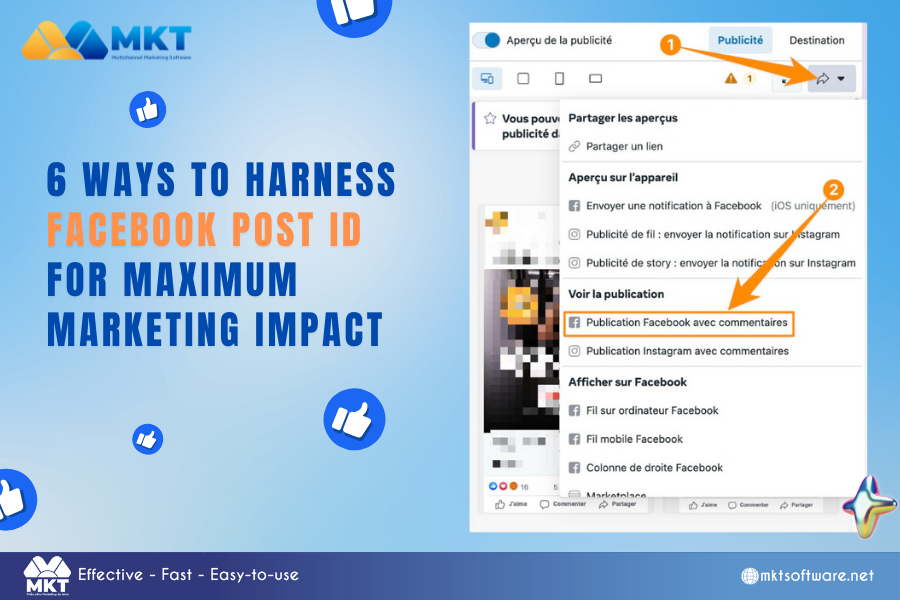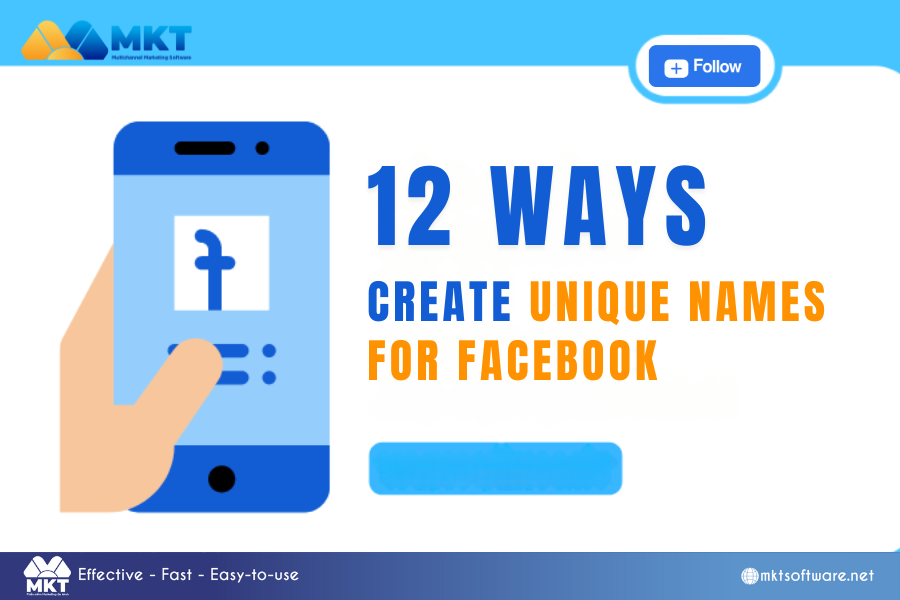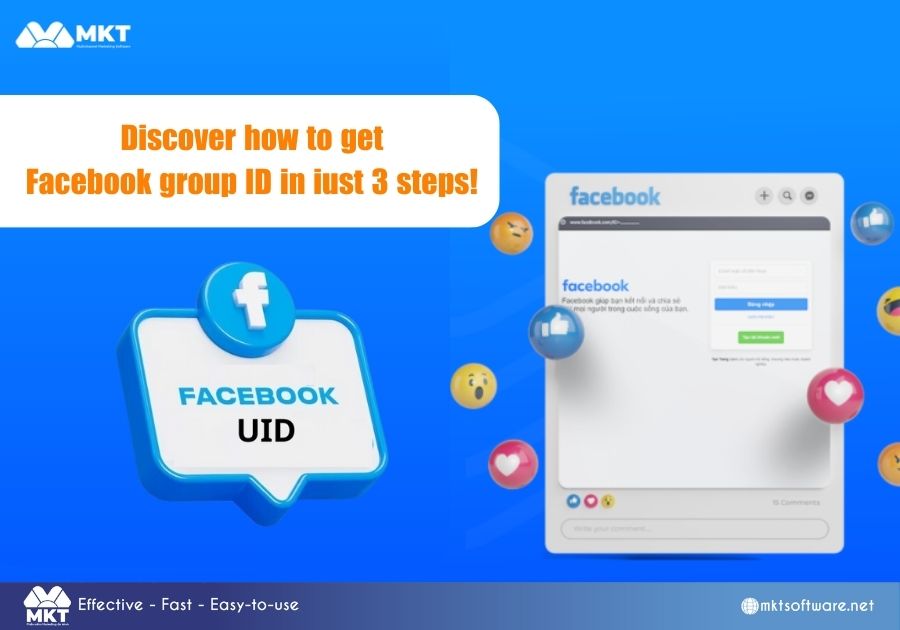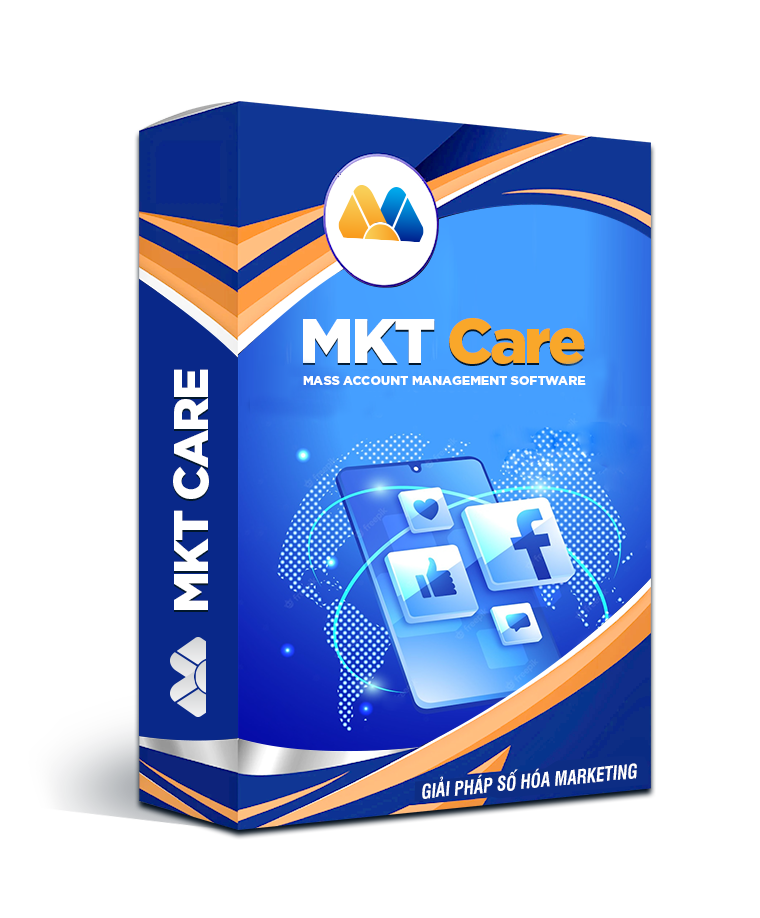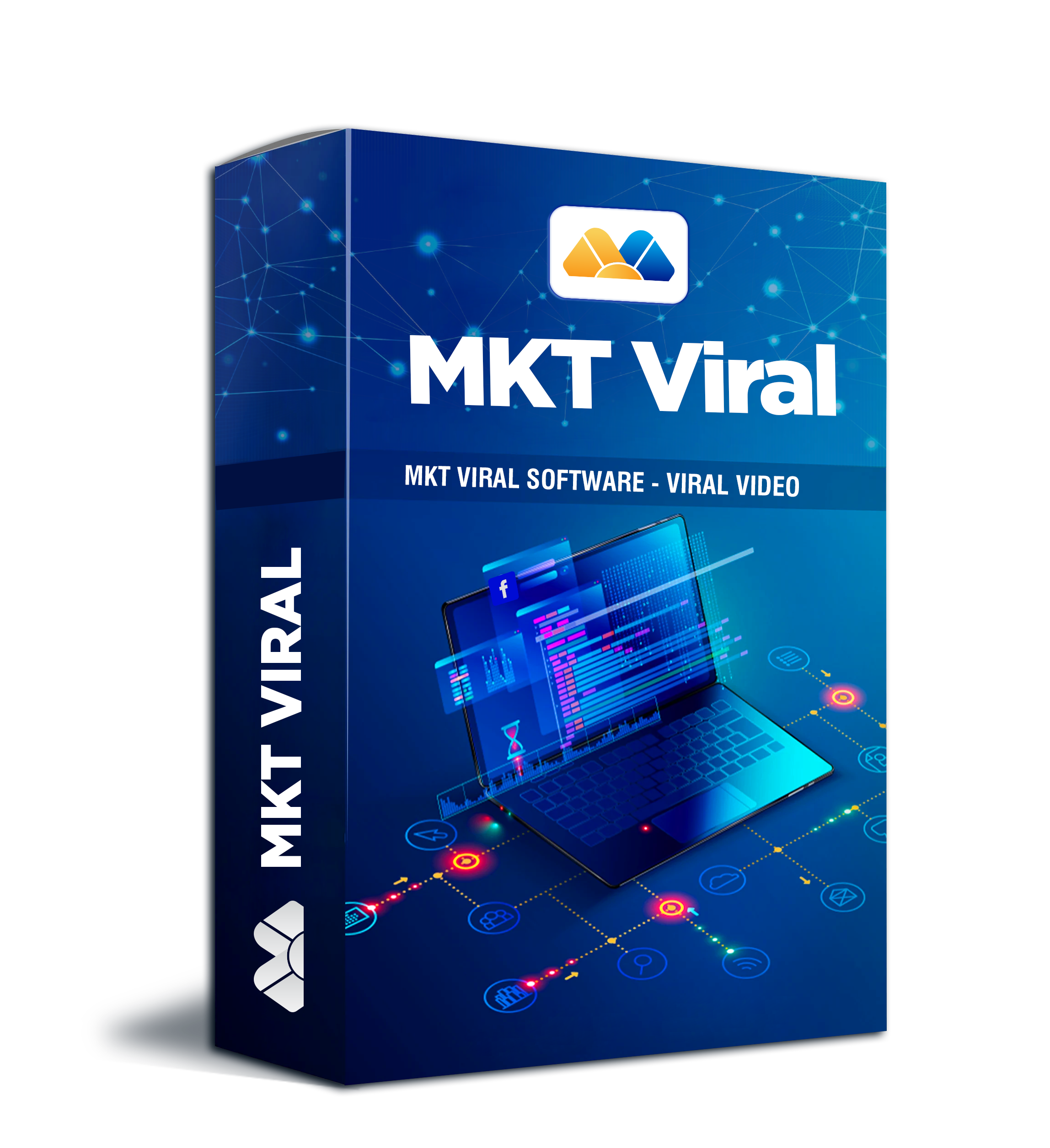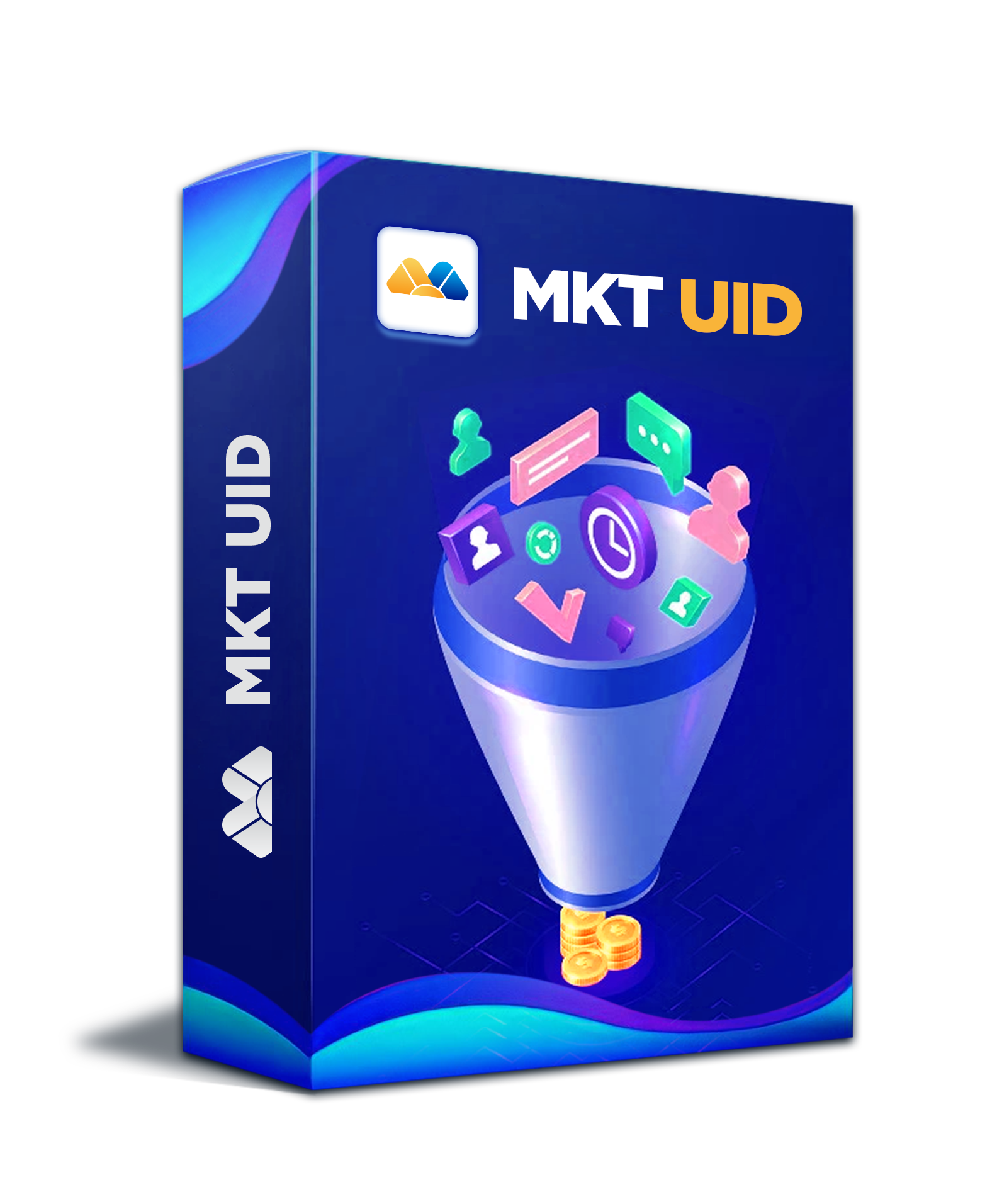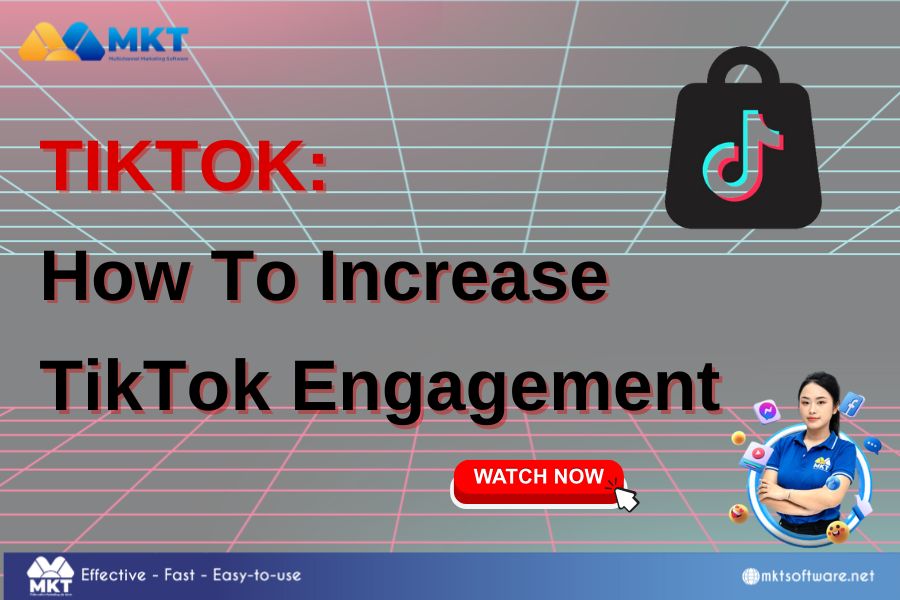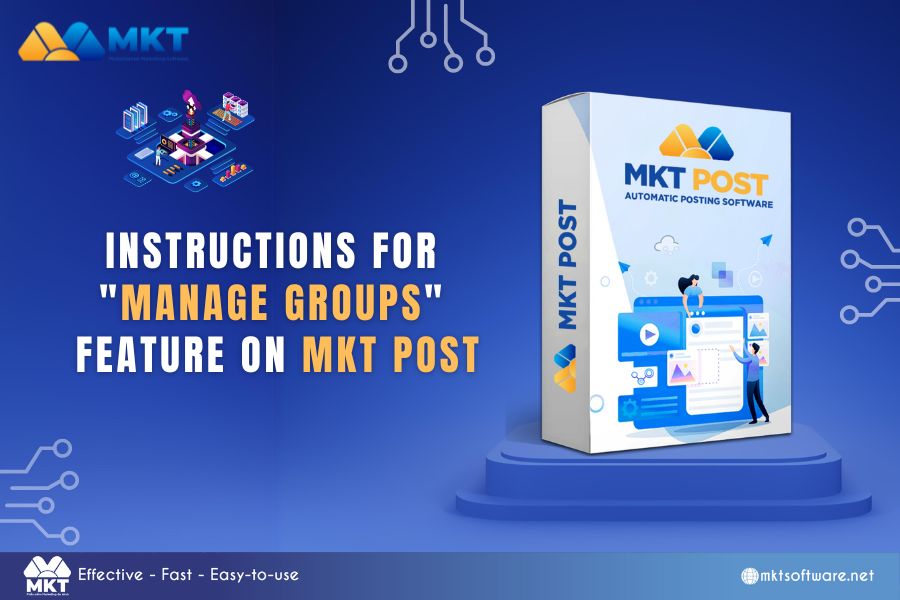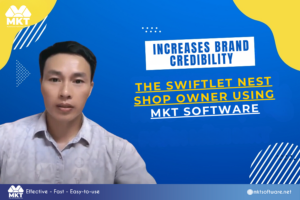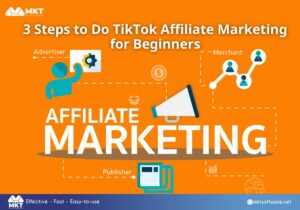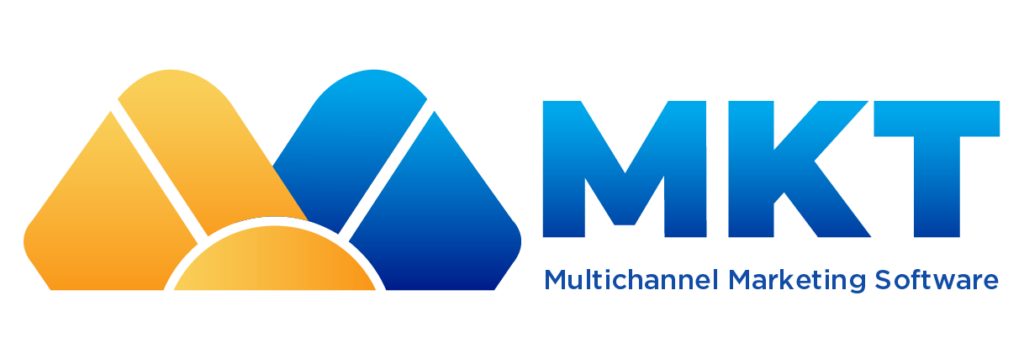To maximize the influence of your marketing campaigns and drive growth, it is imperative that you comprehend and successfully communicate with your B2B target group. MKT Software will go into the tactics and insights required to precisely identify and interact with your B2B audience in this post.
Table of Contents
ToggleI. What is b2b target audience?
The precise businesses, organizations, or entities that a company seeks to reach with its goods or services make up its B2B (business-to-business) target audience. A business-to-business (B2B) target audience is made up of decision-makers within firms who have the power to make purchases or influence purchases, in contrast to business-to-consumer (B2C) target audiences, which concentrate on specific customers.

II. 4 Basic types of b2b target audience
In the business-to-business (B2B) market, knowing who your target customer is is essential to creating successful marketing campaigns and product offerings. B2B target audiences can be divided into four fundamental categories, each with unique requirements and characteristics:
1. Company size
The size of the organization is the first thing to take into account when targeting businesses. Not all circumstances lend credence to the maxim “bigger is always better”.
Selecting the most pertinent dimension is essential because it should match your offerings in order to guarantee efficient client segmentation. Accurately identifying and targeting your ideal business audience requires serious consideration.

2. Locations
Targeting businesses requires geographic segmentation as well because not all organizations are prepared to service markets globally or even across areas such as the US and the UK.
It’s critical to determine the locations in which your company can function and provide its goods and services. Occasionally, you may come across discounts that seem good but are geographically unattainable.
3. Niche and markets
Maximizing your return on investment (ROI) requires knowing which markets to target and which niches to fill with your goods and services. This is due to the fact that, as previously indicated, B2B consumers of today seek information that is customized for their particular market and specialty. You’re more likely to receive a greater conversion rate if your approach is more carefully targeted.
You may better customize your messaging and other marketing materials by breaking down your target demographic into niches and markets. This degree of customization is crucial as every market and niche has particular demands and pain areas that your goods and services may help with. It is crucial to highlight the ways in which your services can address these issues.

4. Demographics
The last category to help you select your B2B target audience is demographics. Using a segmentation strategy, potential clients are categorized according to certain attributes like age, employment position, language, and other pertinent factors.
This is an essential component since it helps you put the pieces of your target audience’s puzzle together and gives you a better idea of who they are.
Example: ECommerce website platform
- Demographics: 40% male, 60% female, ages 25-40 y.o.
- Job titles/roles: Ecommerce manager, website developer, director of digital marketing
- Psychographics: hates long wait times for support, values trustworthiness and reliability
- Issues and challenges: finding a cost-effective yet high-quality e-commerce website solution
- Preferred channels and content types: newsletters, industry blogs, white papers
- Business attributes: established businesses with at least 5 employees, annual turnover of $250K to $1M, strong online presence, and active on social media
III. How to identify your B2B target market
Establishing your B2B target market is essential to developing successful marketing plans and making sure your goods and services satisfy the demands of prospective clients. Here’s a methodical way to decide who your B2B target market is:
1. Understand what problems your product solves
It works better to emphasize how your product’s features can help your customers than just emphasizing its features. You’ll be able to make better judgments for your B2B SaaS marketing campaigns by using this strategy.
Understanding the problems that your product solves will make it easier to pinpoint the B2B audiences that are facing these problems.
Before releasing a product on the market, B2B enterprises should implement it internally, according to GrowthGenie’s Mike Sanchez. Through internal use, the business is able to get insightful input and find new uses for their product.

2. Use a sales intelligence tool
With the help of sales intelligence tools like Cognism, customers may precisely target B2B audiences by doing in-depth company searches according to predetermined criteria. Refining and segmenting lists becomes simple with the use of sophisticated search filters such as firm revenue, geography, technology used, event triggers, job descriptions, and seniority levels of possible prospects.
Finding new audience segments is much easier with this focused approach.
Cognism is a great tool for account managers who want to get deeper into important accounts and branch out into different departments because it can also be used to find more decision-makers in already-existing customer accounts.
3. Understand your competitors
Knowing the information about your B2B audience will enable you to determine which market segments you have successfully addressed. On the other hand, examining your rivals can point out any areas where your coverage of the market is lacking.
It’s important to take into account the factors that led a rival to choose a different B2B market or target segment if you see them doing so.
Here, performing an SEO competitor analysis can be quite helpful. You may determine which industries your competitors are targeting by looking at the keywords they score highly for.

4. Continue your B2B target audience research
The demands and preferences of your target audience change along with the marketplace as a result of technical advancements and societal changes. It’s essential to adjust in tandem with these changes if you want to stay relevant and prosper in the B2B industry.
A thorough grasp of your target market is essential to any successful B2B marketing plan. Still, it’s critical to remain dedicated to further research. Think about what happened to once-dominant brands like Kodak and Nokia, both of which failed because they were unable to change.
Related article: Find Your Target Audience on Facebook – A Comprehensive Guide.
Conclusion
Any company that operates in the B2B sector must comprehend and engage its target audience in order to succeed. You may better connect with other businesses that could benefit from your products or services by customizing your marketing strategy based on a thorough analysis of the needs, actions, and preferences of your audience.













